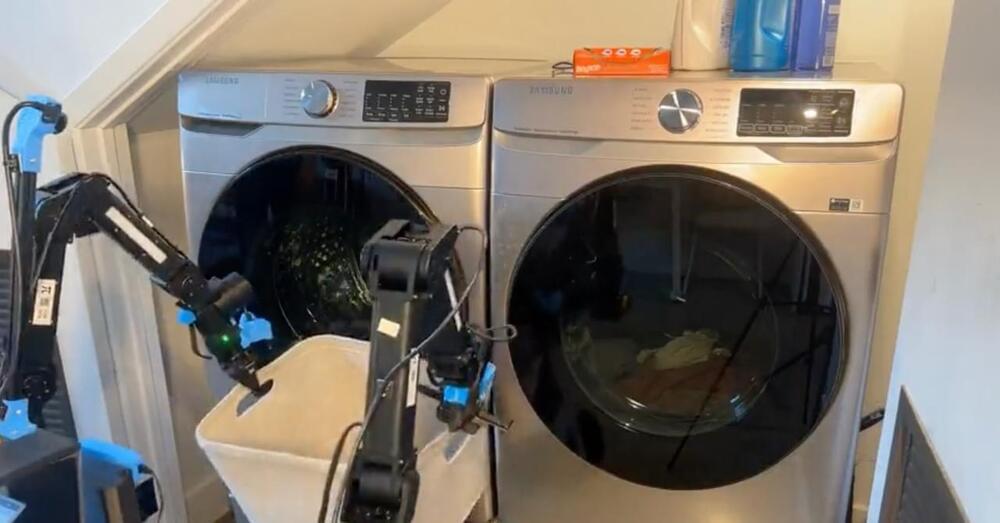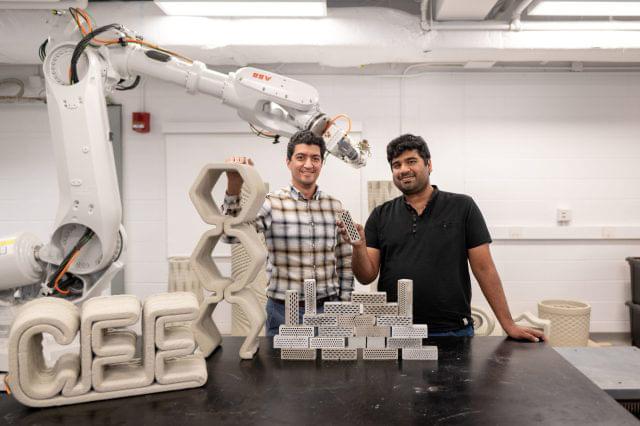Pick and place bots autonomously doing household chores. Progress! 🦾🤖
The idea of a robot that does a wide range of household chores, from unloading the dryer to folding laundry to cleaning up a messy table, has long seemed like pure science fiction—perhaps most famously embodied by the 1960s fantasy that was Rosey in The Jetsons.
Physical Intelligence, a startup in San Francisco, has shown that such a dream might actually not be so far off, demonstrating a single artificial intelligence model that has learned to do a wide range of useful home chores—including all of the above—by being trained on an unprecedented amount of data.
The feat raises the prospect of bringing something as magical and generally capable as other AI models like ChatGPT into the physical world.








